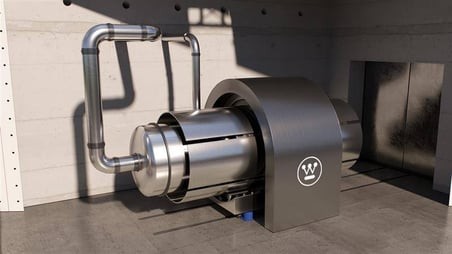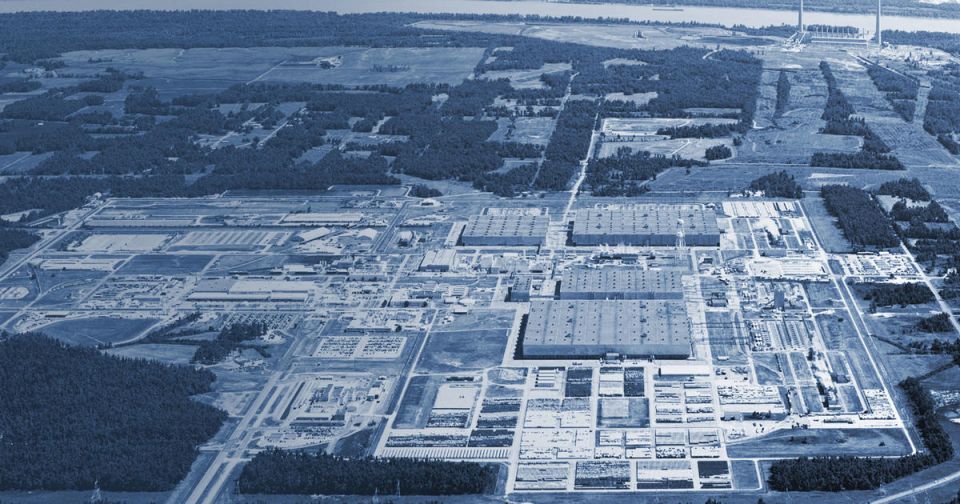Research reason: Companies looking to license reactors with different materials than the current U.S. fleet of light water zirconium-clad ceramic fuel are emerging. The report documents the current state of available experiment measurements, simulation capability, and historic knowledge and lessons learned required for evaluating sodium-cooled fast-spectrum metallic fuel, specifically U-10wt.%Zr, up to 10at% burnup.
The report has the following goals:
- To provide reasonable assurance that the specified fuel design will serve its design-basis functions under design-basis conditions, including design-basis accidents, in accordance with the reactor safety case.
- To establish that the specified fuel design can be deployed in production using quality assurance and control typical of operating reactors without additional quality control or fuel surveillance applied to new fuel designs with remaining fuel performance uncertainty.
- To decouple the fuel system details from the overall reactor safety case by demonstrating that fuel life-limiting and safety-related phenomena are identified and sufficiently understood to ensure safety case assumptions about fuel behavior are valid. As such, the report noted, fuel qualification seeks to ensure safety criteria and practical objectives, such as fuel utilization, fuel reliability, and efficient reactor operation, are met by the fuel design.
Findings: The NRC identified engineering and safety-significant parameters and phenomena present in the fuel system. “Up to the proposed 10at% BU limit, life-limiting and safety-related fuel behaviors are well known and predictable,” the report noted.
Identified was the life-limiting phenomenon known as fuel cladding chemical interaction (FCCI), which leads to cladding and barrier degradation. The FCCI process is highly temperature sensitive and was represented in the NRC’s safety case and operational envelope with an appropriate margin.
Conclusions: The report identified and discussed factors that influence temperature (e.g., porosity, thermal conductivity, and fuel swelling) to ensure that the in-pile conditions remain favorable and known. “As such, the FCCI phenomenon, while life-limiting, is acceptable within the operational bounds described in this report,” the report noted.
The report concluded that it serves as the beginning of the fuel qualification process for U-Zr for this particular use and safety case. Deviations from parameters, engineering or neutronic, identified in the report would require additional justification and discussion, according to the NRC.





